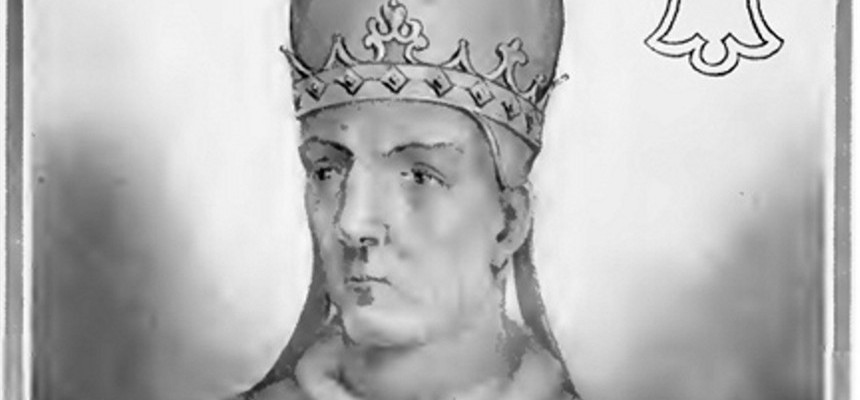
Pope John was a native of Rome, born in the first quarter of the 9th century, some say in 816. His father was known as Gundus. As a young man, John witnessed the sack of Rome by the Saracens. During that battle, the enemy partly destroyed Old St. Peter’s Basilica and St. Paul Outside the Walls. The attackers did not get past the Aurelian walls into the city itself. But this must have been a horror to the young people living there, causing apprehension of the Saracens for the remainder of their lives.
John became an archdeacon in the city of Rome. This is recorded as a fact in 853 and 869. He was still an archdeacon at his election, 14 December 872, within days of Pope Adrian’s passing. Throughout his reign, Pope John had significant problems. Some historians declare him awesome because he was able to progress through the problems. Some say he was a poor handler of the problems since there were so many:
Before John was consecrated, the brothers, Sts. Cyril and Methodius, were evangelizers to the Slavic people. They were in Rome when Cyril died in 869. Pope Adrian sent Methodius back to Morovia as archbishop to continue his evangelization, with permission to use the Slavonic language in the liturgy. German princes and bishops were very upset and jailed Methodius in 871. Pope John did not hear of this until 873, when he received an appeal from Methodius. He immediately prohibited the use of the Slavonic liturgy and demanded the release of Methodius, who was called to Rome. John questioned the archbishop as to his orthodoxy. Satisfied with the answers, the old archbishop was sent back to Moravia where he continued his work of conversion until his death in 885. Although the country’s rulers were against such a change, several Slavic tribes placed themselves under the protection of the Holy See, others rejected papal jurisdiction and followed the patriarch of Constantinople, leading later to heresy and schism.
The Saracens were still troubling. They were moving into the southern part of the peninsula. Knowing what they could do, the pope wanted them out. He tried to unite the principalities to fight. Fearful, he fortified the walls of St. Paul Outside the Walls. He built a navy and personally commanded it, patrolling the coastline. At one point, he was obligated to pay tribute to the Saracens.
Because of the Saracens, Pope John was always looking for help and protection. He turned to the Franks. Unknown to him, Louis II was supporting his local enemies, even though he seemed a nice enough man. Louis died before being able to help. Charles the Bald was not good at adapting the means to the ends. Pope John crowned him Emperor. Then, Charles offered to help with the Saracens, but failed. His second attempt left him dead. Charles the Fat was crowned successor to Charles the Bald in February 881, also by Pope John. He did not fair well with the Saracens either.
Unfortunately, John had not been popular with his own people. His arguments with the Vatican clerics were not satisfied via lawsuits. Some clerics took off with much of the Church gold. His expenses in dealing with all these varieties of problems drained the Vatican finances. The Carolingians were not supporting him. He did not stop the Saracens. He looked very unsuccessful. On 16 December 882, John was poisoned by his own clerics, then bludgeoned to death. He was buried in Old St. Peter’s Basilica.

Recent Comments